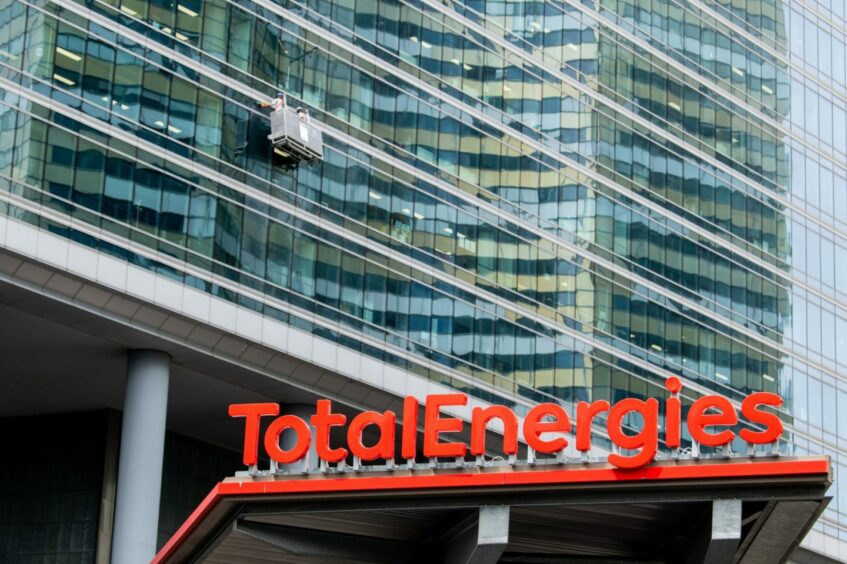
TotalEnergies (PARIS:TTE) has set out an ambitious plan at its investor day and provided some details on its progress offshore Namibia.
The company confirmed positive appraisal results from the Venus-1A well and a “positive flow test” at its Venus-1X well. Total hopes to confirm this with the upcoming flow test at Venus-1A.
CEO Patrick Pouyanne’s message to the market was that the company was continuing its activities in the Orange Basin, which he has previously compared to the highly productive Block 17 in Angola.
“The next step is a flow test on Venus-1A,” the official said, predicting the company would go ahead with an oil development on Venus.
Further exploration will continue in the licence beyond the Venus discovery.
The CEO compared the Namibian finds with Suriname, noting the presence of gas.
Additional details were revealed by Impact Oil & Gas, a junior partner in the discoveries which is trying to sell out.
Impact explained the group had drilled the Venus-1X in 2022 and a drill stem test was carried out in early September. The company did not provide details but did describe it as positive.
Total drilled Venus-1A to a depth of 6,146 metres, using the Tungsten Explorer. The Deepsea Mira will re-enter the well to carry out a flow test.
The Tungsten Explorer will move on shortly to drill the Mangetti-1X well, on Block 2913B. It expects to begin drilling on the prospect, north of Venus, in October.
However, the Nara-1X was non-commercial. The Tungsten Explorer drilled it to a depth of 6,181 metres and carried out wireline logging. It was not flow tested.
A recent update from Vantage Drilling reported Total had extended the contract on the Tungsten Explorer into the second quarter of 2024.
While there has been substantial interest in Namibia, Total was keen to highlight its broader portfolio – and its ability to churn out cash and energy.
Growth plans
The French company expects to increase its oil and gas production by 2-3% per year to 2028, with LNG playing the largest role. It is working on projects in Qatar, Papua New Guinea, the US and Mozambique.
Company head of E&P Nicolas Terraz said Total aimed to restart work at Mozambique LNG this year and be producing in 2028.
In the near term, Total has four main oil areas. In Iraq, the US’ Ballymore and Anchor, Brazil’s Mero and Uganda’s Lake Albert. The Mero 2 FPSO is expected to start up in December this year, with 3 and 4 to follow by 2025.
Terraz said upcoming final investment decisions (FIDs) would occur on Suriname’s Block 58 by the end of 2024, with first oil in 2028. In addition to the two fully appraised oil discoveries on the area, Krabdagu and Sapakara South, the company has noted three gas condensate discoveries. The Suriname project has a four-year payback, Terraz continued.
Total is also considering another near-term FID in Angola, on Block 20.
In Nigeria, Total has made the Ntokon-1 discovery, with a flow test, and also the Ntokon-2 in a separate structure. The company intends to tie these finds in OML 102, of around 100 million boe, back to the Ofon platform.
All told, Total’s oil and gas business should generate more than $3 billion of additional cash flow by 2028, it projected.
One area of concern is around higher costs in the supply chain. In response to a question about inflation, Pouyanne said some of the drilling companies had taken a lesson from OPEC and “preferred to keep some rigs stacked”, rather than offer them to the market.
Despite this, Total is confident that it can stick to its targets of $20 per barrel for capital and operating expenditure.
Updated at 7:32 am on September 28 with Impact’s statement on the Namibia results.
Recommended for you

